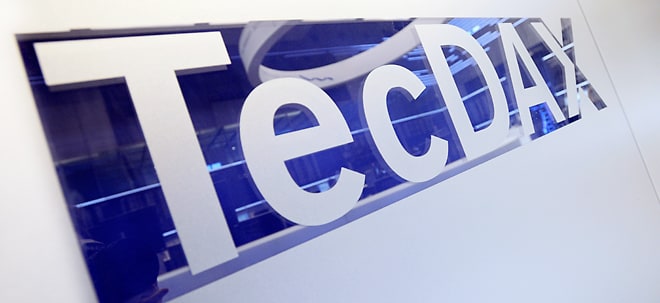ASI Weekly Update: China's ministry of Commerce limits rare earth exports
The Australian Small Cap Investigator
Friday, 11 July 2008
Melbourne, Australia
***China’s ministry of Commerce limits rare earth exports
The most recent issue of the Investigator tipped two Aussie rare earths shares, Lynas Corporation (ASX:LYC) and Arafura Resources (ASX:ARU). Our recommended entry price on Lynas was $1.37 and on Arafura at $0.93. At the current time, LYC is at $1.28 and ARU at $0.82.
Despite the early stumble from the shares, we were reminded this week of the basic bullish case for Australian rare earths: China has a virtual monopoly on rare earths production and is gradually reducing the amount of rare earths it makes available for export. For Lynas and Arafura, it is the perfect chance to become new global suppliers to non-Chinese rare earth customers.
Metals Pages reported earlier this week that the Chinese Ministry of Commerce has placed more limits on Chinese rare earth exports. Specifically, the ministry restricted rare earth exports to 34,156 tonnes in 2008. That’s a 22% reduction from last year’s quota. And it’s a 30% reduction from the quota level in 2004 of 48,500 tonnes.
Why is China decreasing the amount of rare earths it makes available to global consumers? There are two answers. First, global demand for rare earths has grown from 90,000 tonnes per year (tpa) in 2004 to 122,500tpa this year, an increase of 36%. But during that same time, Chinese demand for rare earths has grown from 36,000tpa to 73,500tpa, an increase of 104%.
It’s not hard to see what’s going on. China’s consumption rate is growing faster than the rest of the worlds. With China as the Chief global supplier of rare earths, it means that increased Chinese consumption will make for fewer and fewer exports each year. Eventually, China may even have to import rare earths.
In the meantime, the export quotas serve a second purpose. By limiting exports of rare earth oxides (REOs) China effectively forces the hands of manufacturers who need REOs. You either move to China to produce, or you go without REOs.
We won’t go into full detail over the industries that rely on REOs for their products. But two big ones, based on current demand, are consumer/mobile electronics and the automotive industry. Japan alone imports some 40,000tpa of REOs. By restricting exports, China makes sure it captures more of the economic benefit that comes from value-added production. If you want to make goods that require rare earths, you may have to move you factory to China.
If you wanted a comparison, one might be Australia deciding it would reduce iron ore exports so that more Aussie ore could be used to produce steel right here in Australia, which would later be exported at a greater profit margin than the ore alone. The trouble is that the cost of shipping steel would destroy any economic reason for making steel in Australia to export it. So the Australian resource sector gets by exporting mostly raw resources with very little added value.
This may be changing with the rare earths. Specifically, Toyota’s decision to build its hybrid vehicles here may stem from Australia’s two big rare earth’s projects at Nolans Bore and Mt. Weld. The Prius consumes a lot of rare earths. Australia will have a lot ready for export—or domestic production—by 2011.
But even if Toyota sources its REOs to China (and can get them) the latest data from China show that the fundamental case for Lynas and Arafura is still very strong. Both are set to become major producers of REOs for non-Chinese customers in the next two years. With REO prices rising and an increased interest in REO-intensive plug-in-hybrid cars, the rare earth industry is looking good in a very bad stock market. |


 Thread abonnieren
Thread abonnieren

